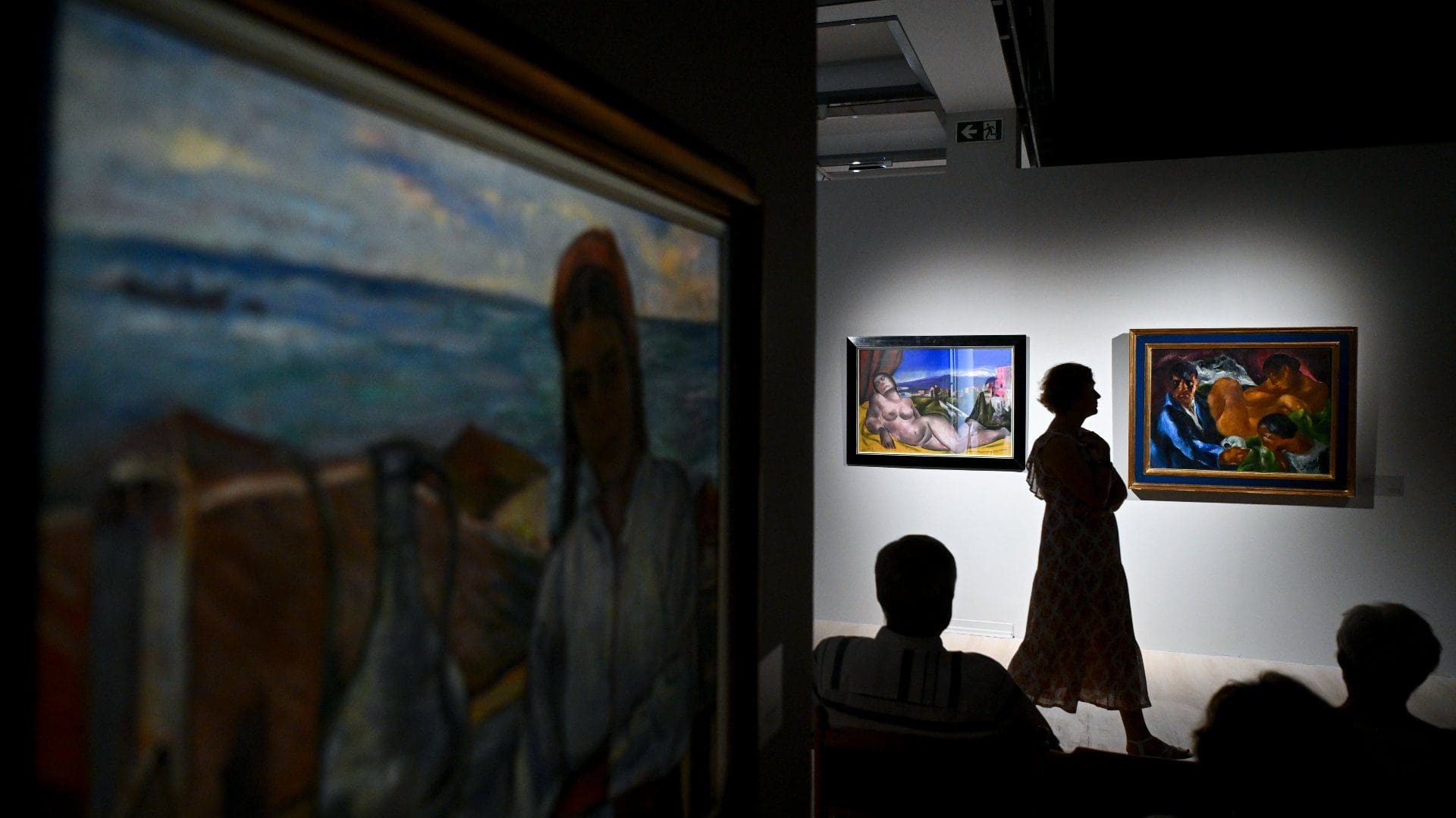The following is a translation of an article written by Anna Bakai, originally published in Magyar Krónika.
It is not all bad when the weather no longer allows you to spend every minute of your time outdoors anymore—in this article, Magyar Krónika has collected nine great exhibitions that are worth a trip even to the further corners of the country.
Tamás Féner: ‘…That Which Is Done Is That Which Shall Be Done…’
On view until 1 October
Hungarian House of Photography — Mai Manó House, Budapest
Tamás Féner is one of the most influential figures in contemporary photography, and his work continues to have a significant impact on the work of new generations of photographers to this day. In his series of the last decade, he has focused mainly on the material world, often including sacral or assumed sacral objects and texts, through which he has turned to religion. Besides, in a recent shift, he has also created works that approach the concept of painting, seeking to reflect the world of digitally generated images by making his photographs in the most traditional way possible.

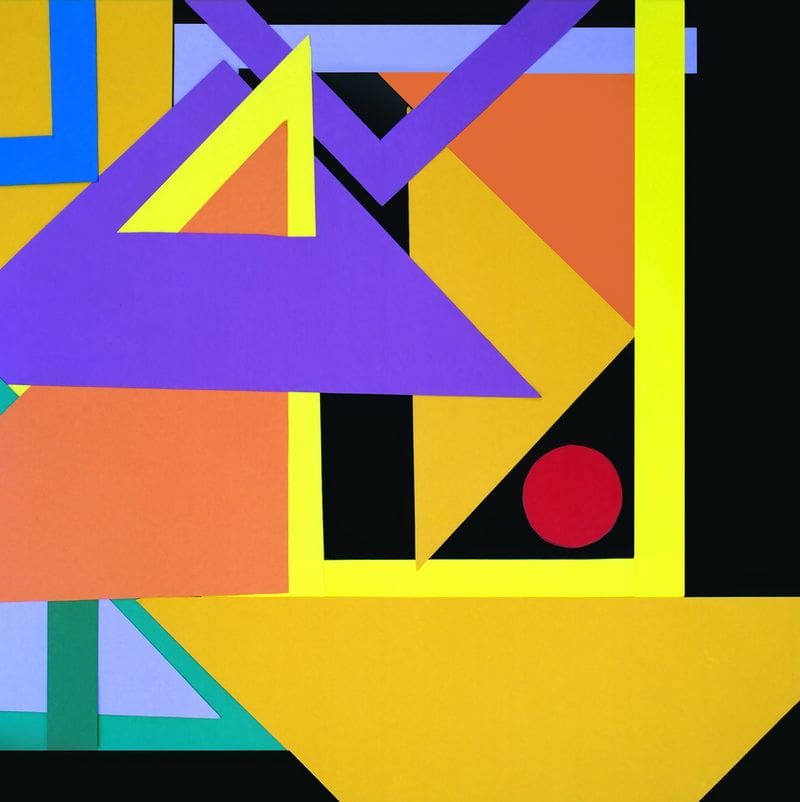
Events Becoming Final
Janus Pannonius Museum, Pécs
This posthumous exhibition presents more than two hundred works by famous Hungarian painter and graphic Károly Kismányoky, including late works found in his estate that have never been exhibited before. The wide range of artistic and conceptual directions, isms, and experiments in forms are a trace of freedom of action and creative force in motion—it is clear from the exhibition as a whole that no single ism could be strong enough to be classified as a subset of Kismányoky’s work; he always walked his own unique way, unlike anyone else.
Baselitz X Schiavone — Etched Across Time
On view until 1 October
Museum of Fine Arts, Budapest
What links a contemporary German and a 16th-century Venetian artist? Can there be a connection between them over a period of almost five hundred years? At the heart of the exhibition are the graphics of Georg Baselitz, who celebrated his 85th birthday in 2020 with a donation of thirty large-scale works to the museum, a selection of which is now on show for the first time. However, Baselitz has been joined by a 16th-century Italian master, Andrea Schiavone, to whom the contemporary German artist has multiple links, and whose works he has been collecting since the 1960s. Although Baselitz and Schiavone are painters at heart, they are both obsessed with printed graphics as well: there are many similarities in the way they think about the genre and the way their unique and innovative approach to image-making is embodied in their works on paper.
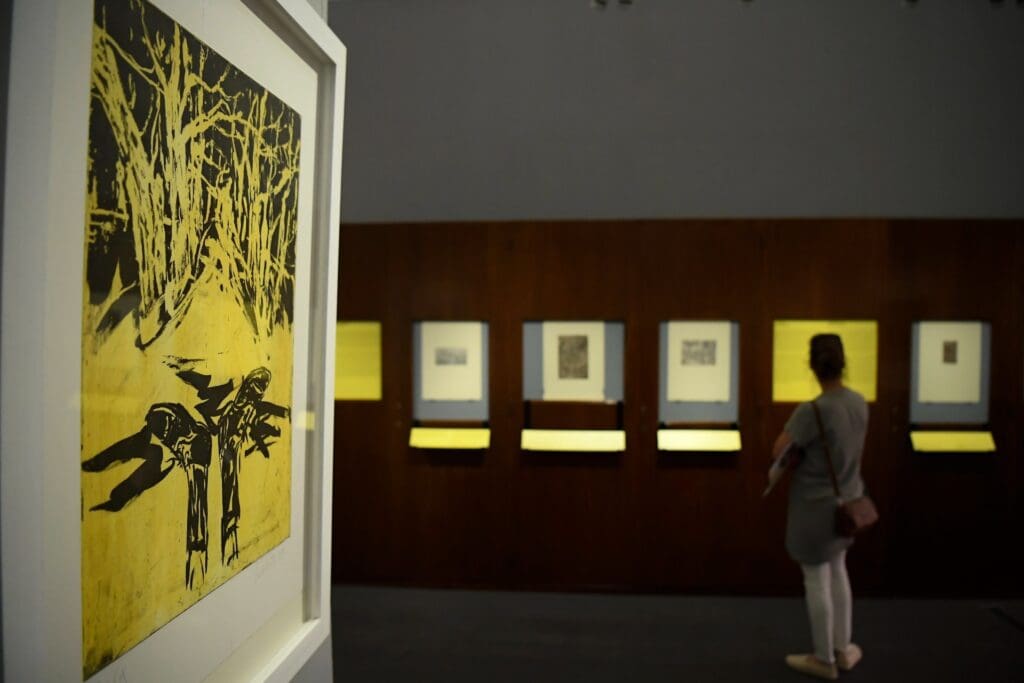
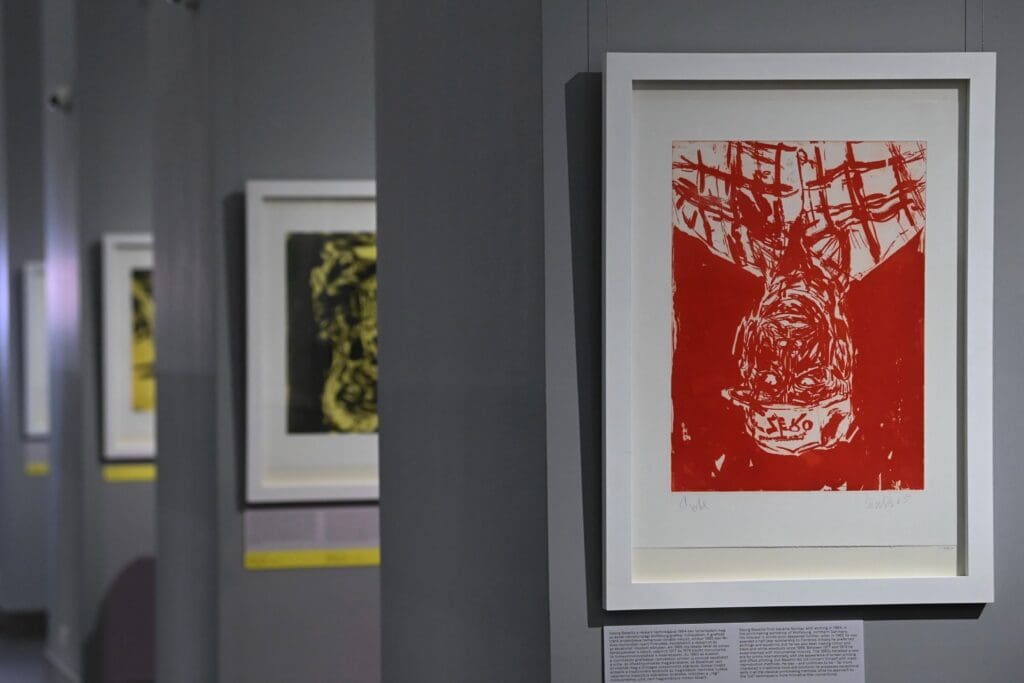
Szárnyalás – Vol – Flight — Figural Painting by Judit Reigl
On view until 27 October
Kiscelli Museum, Budapest
Several European and national museums are celebrating the centenary of Judit Reigl’s birth with various exhibitions. Therefore, for the first time, the Kiscell Museum is presenting the importance of human portraiture in Judit Reigl’s entire oeuvre. Reigl saw the successive—or overlapping as her works were usually painted on—periods of her artistic career as a single organic process, making no distinction between abstraction and figuration. For a long time, however, critics were puzzled by her figurative paintings, emerging from time to time, and there is still considerably more interest in her abstract works today. The exhibition draws attention to the artist’s rather peripheral, little-known series since her oeuvre can only be understood by including them and exploring Reigl’s consistent thinking.
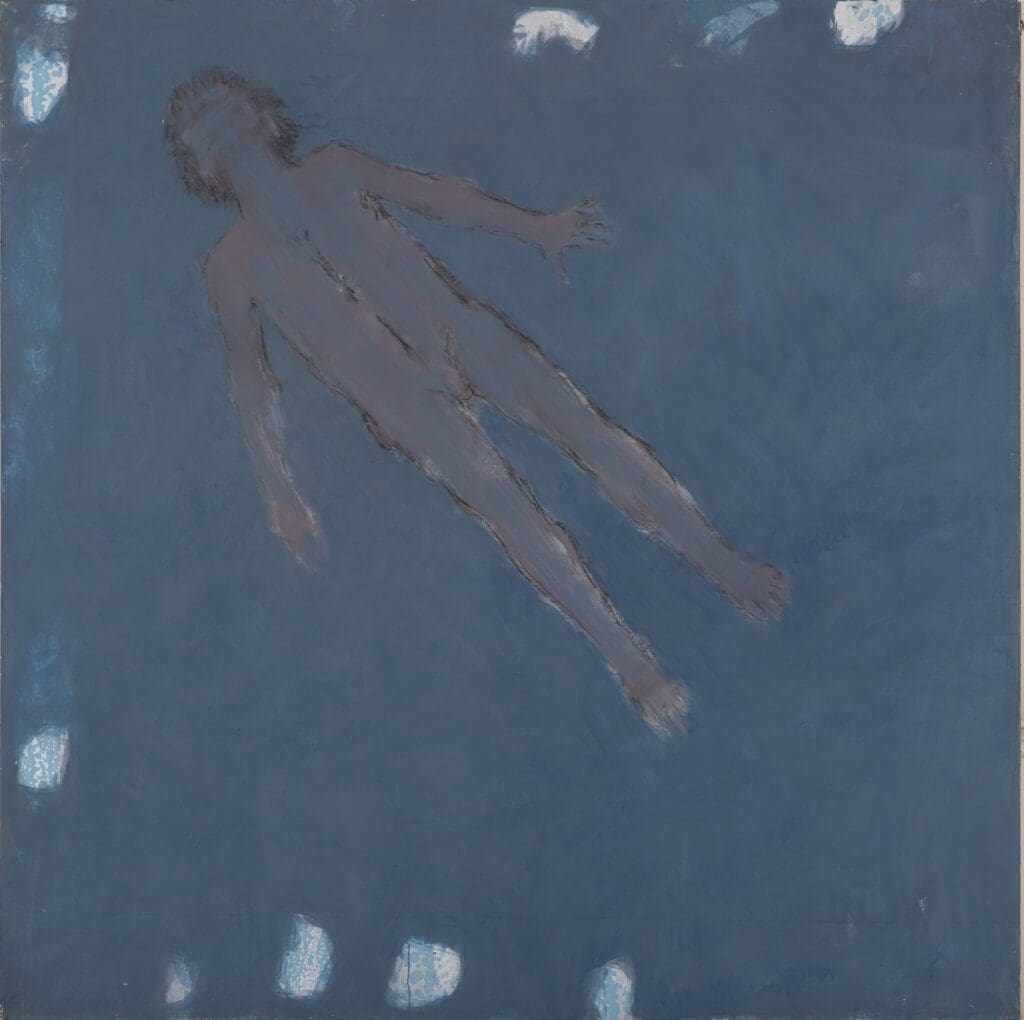
Form Becomes Colour, Colour Becomes Form
On view until 24 February 2024
Modern Art Gallery — László Vass Collection, Veszprém
The aim of this exhibition is to introduce the domestic public to the most important European artists of constructivist and factual art, highlighting the Swiss masters, the specific world of sculptural drawings, and artists experimenting with a new approach to colours. The exhibition room upstairs features works by Johannes Itten, known for the Bauhaus idea, as well as Jenő Barcsay, Tihamér Gyarmathy, Sean Scully, and István Haász. The exhibition will also be accompanied by a new series of art education programmes and workshops starting in September, which will help bring the exciting world of non-figurative art closer to different generations through play, creation, and learning.
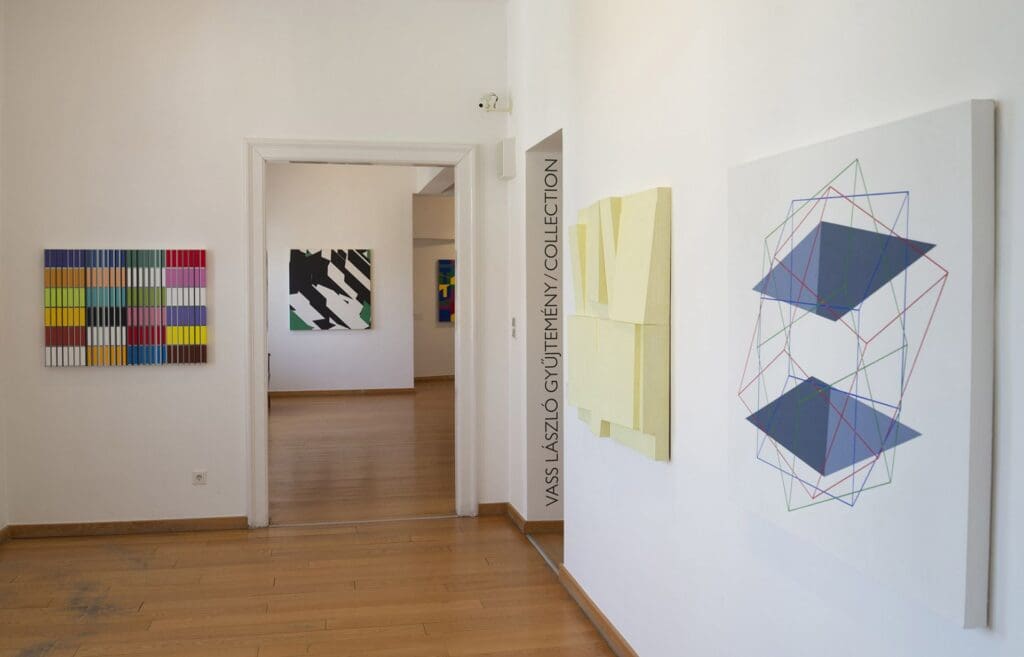
The Cuteness Factor
On view until 12 November
Ludwig Museum, Budapest
In Japan, cuteness first appeared in paintings and prints during the Edo period (17th–19th centuries). Then, in the 1970s, it became popular thanks to the rise of kawaii (meaning ‘cute’), a cultural phenomenon that permeated all walks of life, and gradually spread around the world. But to what does the culture of cuteness owe its enduring popularity? How does contemporary art relate to it, and what are its potentials or dangers? Namely, the aesthetics of cuteness are also influencing contemporary artists, thanks to the abundance of visual, mainly digital, content. Thirty-two artists from fourteen countries are represented in this exhibition, which includes works by internationally renowned as well as young Hungarian and regional artists.
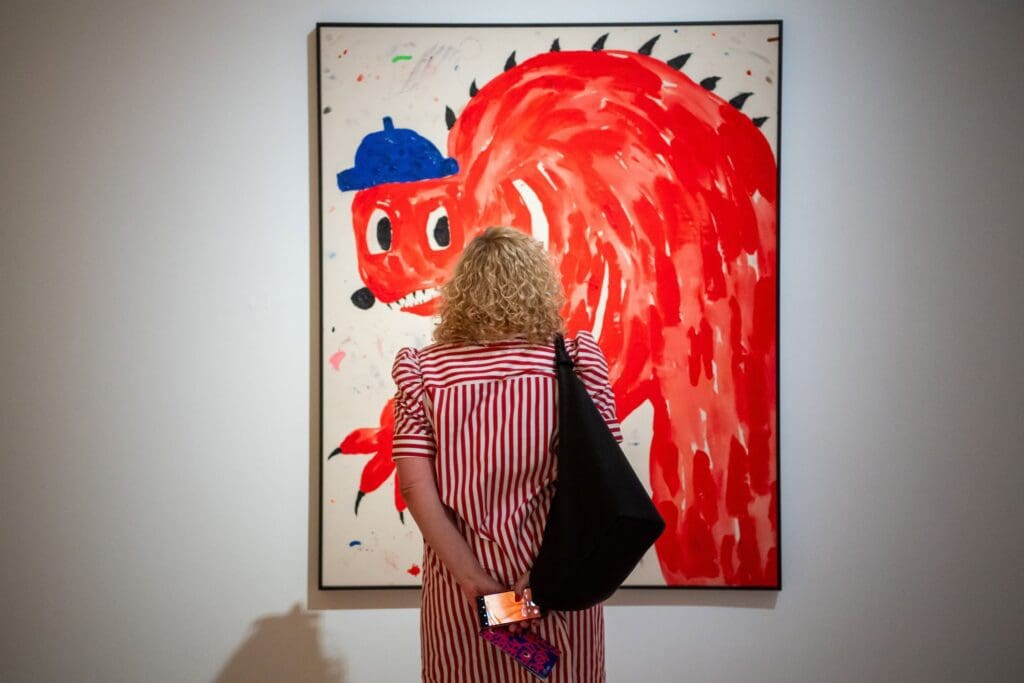

The Art of Transylvania Between the Two World Wars
On view until 21 January 2024
Déri Museum, Debrecen
The Déri Museum awaits visitors with a priceless collection, now in the public domain, the private collection of József Böhm Jr, a medical collector born in Oradea, Romania, and his father, József Böhm, also a medical doctor, which has been accumulated over two generations. The collection of modern and contemporary art, which is also large by Central European standards and comprises some two hundred and fifty works, makes the Böhm family, living in Freiberg, Germany, one of the most important Hungarian collectors, who worked to establish a representative ‘Transylvanian gallery’ from the 1960s, so that Transylvanian art, which was treated as a peripheral art form, could take its rightful place in the 20th-century European range of artworks.
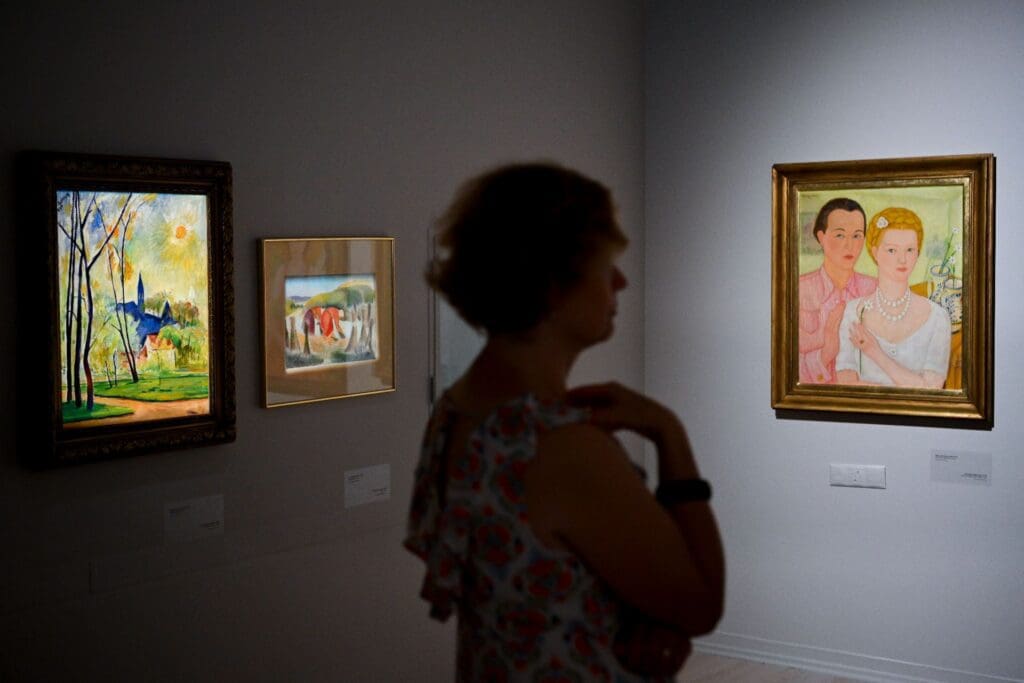
Imre Benkő: City Park. Budapest, 1969–2023
On view until 1 October
Hungarian House of Photography — Mai Manó House, Budapest
Photographer Imre Benkő’s creative attitude usually culminates in the creation of photo series that span years, or sometimes even decades. In all his pictures, one can immediately recognize the use of perspective or viewpoint, which is typical of Benkő, and which stems from his sensitive and humorous approach. The 80-year-old photographer presents a small slice of Budapest’s 150 years with fifty works photographed in the City Park—his series of photographs, beginning in 1969, has been expanded almost every year. Imre Benkő is comfortable with situations that reveal the fate of the common man living in the city, approaching them with professional humility and sensitivity, and making them the protagonists of his pictures.
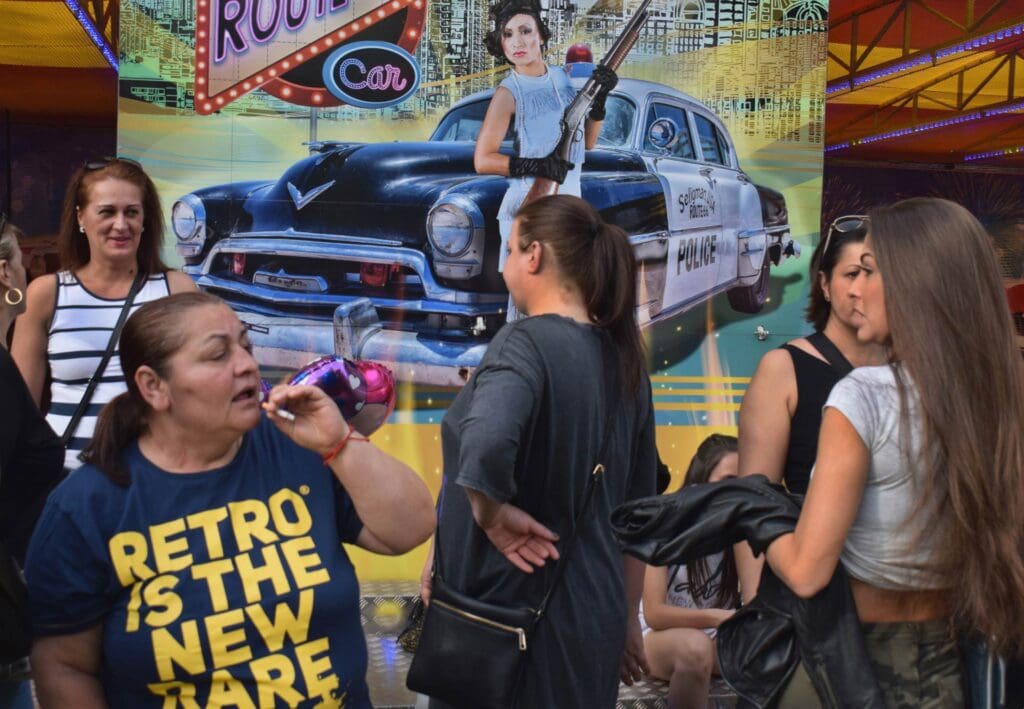
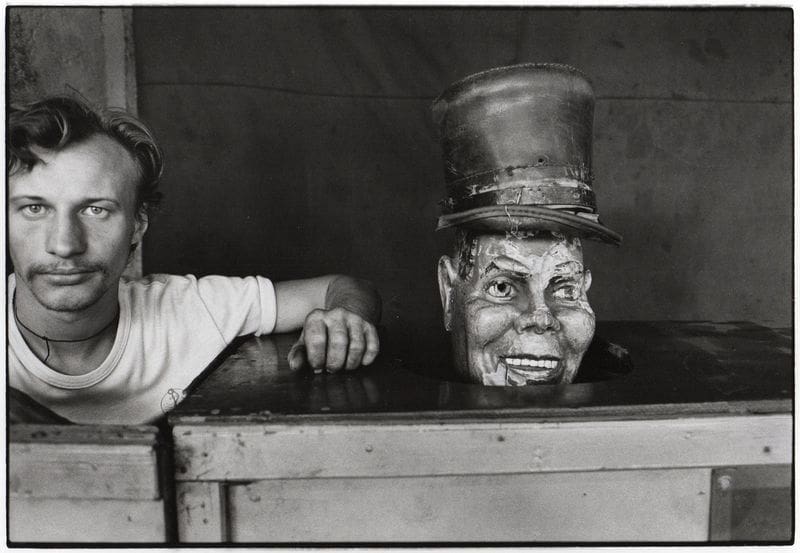
Captain of Tenkes 60
Siklós Castle
Hungarian Television’s first original series, Captain of Tenkes, celebrates its jubilee this year. To mark the occasion, an exhibition can be viewed in the Siklós Castle, one of the most important locations of the shooting, which aims to present and preserve the memories of the series and to pass on its cult to younger generations, too. And it has every chance of doing so, as the most important facts about the series have been put up on the walls in comic-book form so that even the youngest of children can learn about the most memorable adventures of the captain played by Hungarian actor Ferenc Zenthe, regarded as one of the greatest talents of his generation.
Related articles:
Click here to read the original article.

